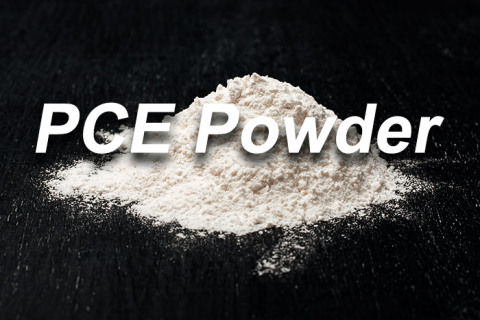
- Home
- >
News
In modern construction, PCE Powder (Polycarboxylate Superplasticizer) has become one of the most important construction chemicals for developing high performance concrete. Compared with traditional admixtures, PCE Powder offers outstanding water reduction, excellent slump retention, and superior strength development, making it the preferred concrete admixture for advanced building projects.
In modern construction, concrete slump loss is a common challenge, affecting both construction efficiency and quality. Polycarboxylate Superplasticizer Liquid (PCE Liquid), as a high-performance concrete admixture, is one of the core solutions we offer to address this critical issue.
PCE Liquid (Polycarboxylate Ether Liquid) is a high-performance superplasticizer used in premix and cast-in-place concrete. Its unique chemistry enhances concrete performance, making it vital for modern construction. This article explores PCE liquid’s applications, benefits, and usage, incorporating precise long-tail keywords.
In fast-paced construction, concrete set accelerators are vital for rapid project completion. Lithium carbonate excels as a non-chloride concrete accelerator, offering quick setting and high early strength for applications like shotcrete and precast concrete.
As a significant breakthrough in concrete technology, polycarboxylate superplasticizer (PCE) is redefining standards for modern construction. This high-performance chemical additive brings revolutionary performance enhancements to concrete engineering through its unique molecular structure design.
Polycarboxylate Superplasticizer Powder (PCE) is a high-performance water-reducing agent widely used in the construction industry. It plays a crucial role in enhancing the workability, strength, and durability of concrete while reducing water consumption.
As a key component in modern concrete admixtures, Polycarboxylate Superplasticizer Monomer HPEG is widely used to enhance concrete performance. However, its application comes with specific challenges. Below, we address some frequently asked questions to help optimize its use.
Forget focusing solely on steel and concrete! Behind the scenes of modern construction, a crucial material is quietly playing a significant role: PCE Powder (Polycarboxylate Ether Superplasticizer). It may not be as visually prominent as concrete or as robust as steel, but with its unique "invisible strength," PCE Powder empowers construction with limitless possibilities and achieves superior quality.
PCE Polycarboxylate Ether Powder is a high-performance concrete and mortar construction admixture, widely used in various building projects.
With the development of the modern construction industry, concrete technology continues to advance. Among them, HPEG as a new type of high-efficiency water-reducing agent, has attracted widespread attention due to its unique performance and environmental protection characteristics. This article will explore the use of polycarboxylate superplasticizer monomers in the construction industry and the benefits they bring.
1. Polycarboxylate Superplasticizer Powder adjusts the water consumption or sand ratio through experiments according to the concrete design requirements to reach the required water reducer dosage of slump, strength and setting.
HPEG adopts highly active catalyst and special synthesis process, with light appearance, accurate molecular weight, white appearance, narrow molecular weight distribution, low glycol content and high double bond retention.












